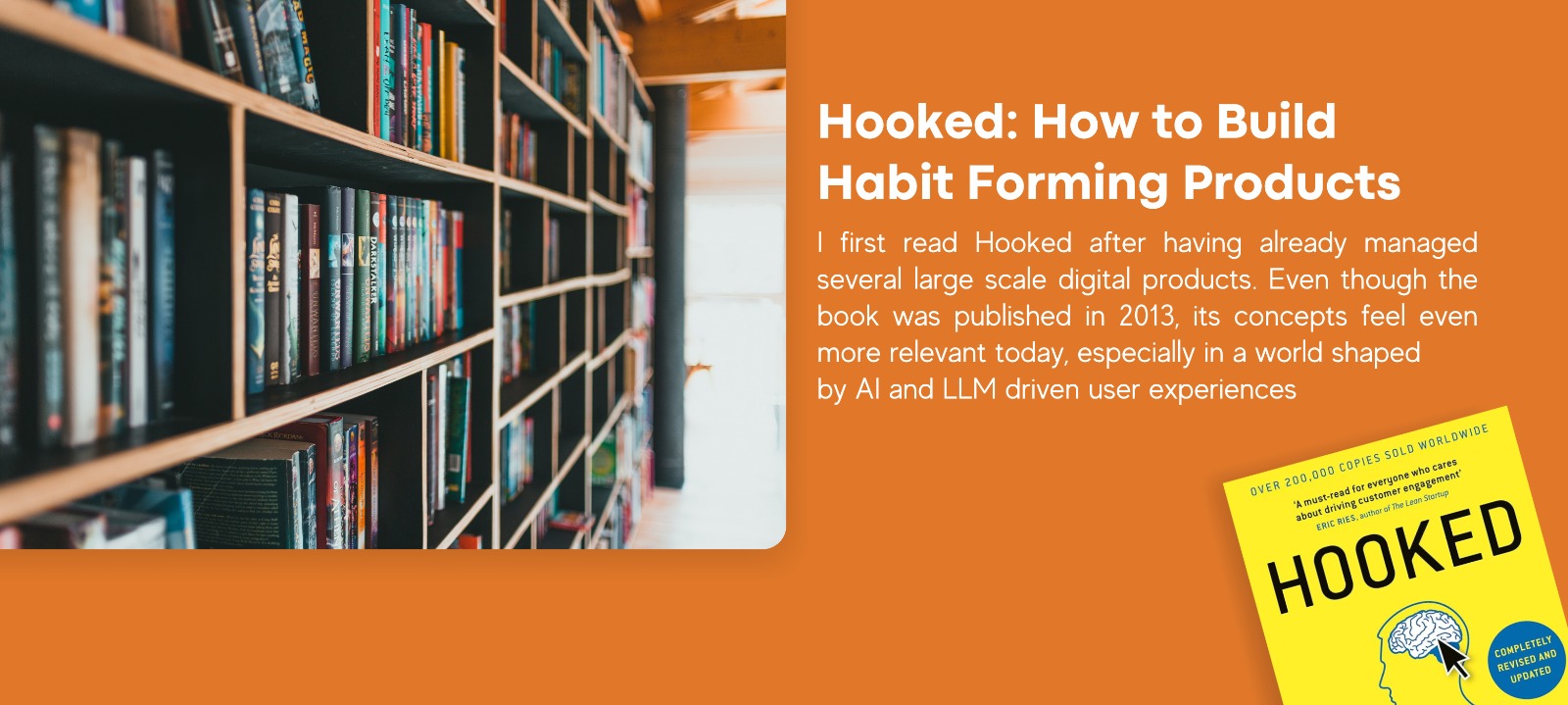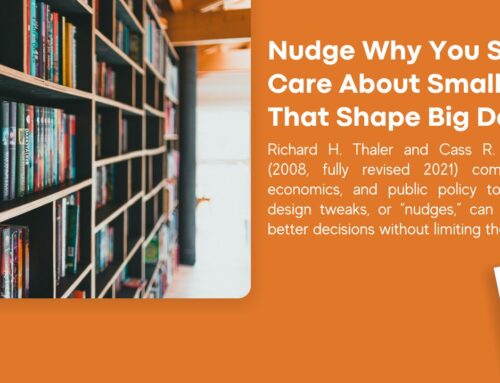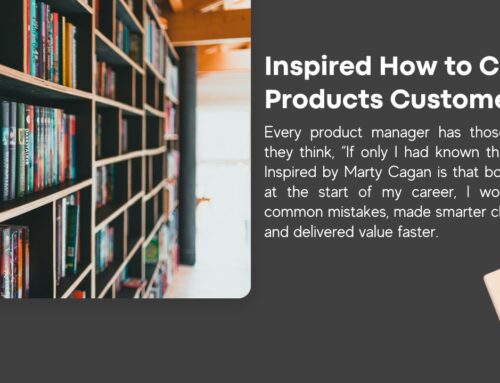I first read “Hooked” after having already managed several large scale digital products. Even though the book was published in 2013, its concepts feel even more relevant today, especially in a world shaped by AI and LLM driven user experiences. It reminded me a lot of *The Power of Habit*,especially in how habits are formed through triggers, actions, rewards, and investments.
Trigger
Eyal explains that habits start with triggers, which are cues that prompt the user to take action.
For product managers, the challenge is not just knowing the product solves a real problem but ensuring users are aware of it and motivated to engage. When we created mini visualizers on Lowe’s flooring product pages, we already knew the feature increased customer confidence. Instead of waiting for customers to discover it, we placed it right where they were browsing so they could instantly “see it in a room.” This simple placement made the value visible at the exact decision moment.
Action
The author describes action as the simplest behavior done in anticipation of a reward.
In product development, starting small is key. A roadmap may be full of ideas, but launching an MVP and expanding based on measured behavior works best. For product managers, this means validating assumptions early, prioritizing high impact features, and using analytics as the main feedback loop. User research adds valuable context, but accurate behavioral data reveals what truly drives engagement and retention.
Variable Reward
Eyal explains that variable rewards keep users engaged because they do not know exactly what they will get each time.
This is powerful for app experiences and could also enhance visual commerce. Imagine a visualizer that not only renders the selected product but also offers unexpected AI generated design suggestions, color palettes, or complementary products. The element of surprise can encourage repeat visits and deepen product stickiness.
Investment
Eyal explains that users are more likely to return when they invest their time, data, or content in a product.
In the Style Your Space project, we saw that users who uploaded their own rooms returned more often to try different styles or adjust designs. The same happened with our flooring and wall tile visualizers. Once customers uploaded their own spaces, engagement and repeat usage were much higher than with preset rooms. For product managers, this reinforces that user investment builds emotional ownership, which strengthens retention.
Habit Testing
The book emphasizes measuring habit strength through retention metrics.
From day one, I track both acquisition and retention. It is not enough to know how many people visit the product; the key is how many return. My background in digital marketing makes me especially sensitive to this: no product can sustain growth if it constantly relies on new users. Retention is the real measure of habit formation and long term success.





Leave A Comment